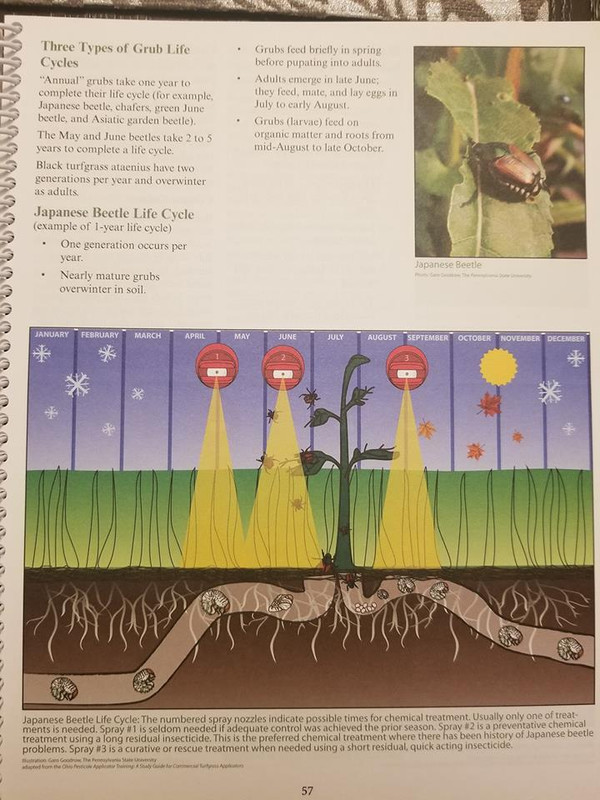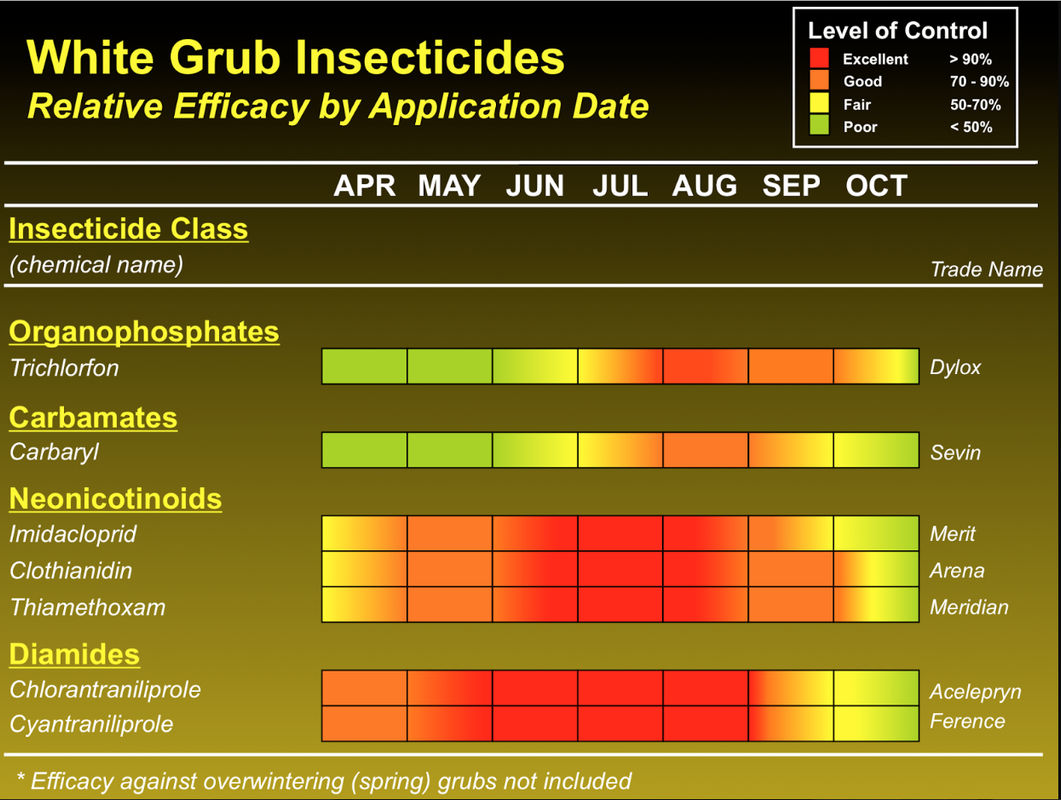I think this is one of the very best sources of information on lawn care, so that's why I'm choosing to post here.
(I've already googled and read up a bit, but trust you guys more! :thumbup: )
Could you guys educate me on grubs? IE: How to spot grub problems, how and when to address it, etc?
I ask because I'm frustrated that I continue to have bare spots, especially in my front lawn where we put down sod about 3 years ago and I can't seem to get grass growing in certain areas, and upon closer inspection, the grass clumps are easy to pull up, which has me suspecting a grub control issue.
Many many thanks!!
Disclaimer: I've never used a grub preventer, but know for a fact I have grubs in my flower beds, which is close to the grass. Also, I prefer less chemicals than more, so limiting chemicals is a priority for me. Thanks again
(I've already googled and read up a bit, but trust you guys more! :thumbup: )
Could you guys educate me on grubs? IE: How to spot grub problems, how and when to address it, etc?
I ask because I'm frustrated that I continue to have bare spots, especially in my front lawn where we put down sod about 3 years ago and I can't seem to get grass growing in certain areas, and upon closer inspection, the grass clumps are easy to pull up, which has me suspecting a grub control issue.
Many many thanks!!
Disclaimer: I've never used a grub preventer, but know for a fact I have grubs in my flower beds, which is close to the grass. Also, I prefer less chemicals than more, so limiting chemicals is a priority for me. Thanks again








